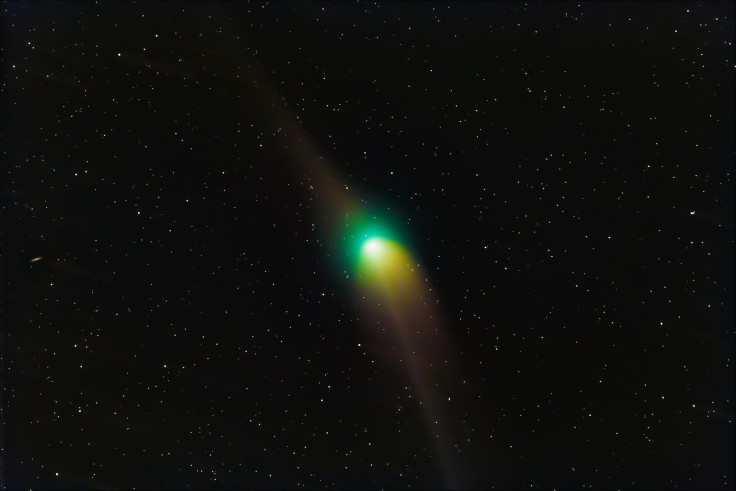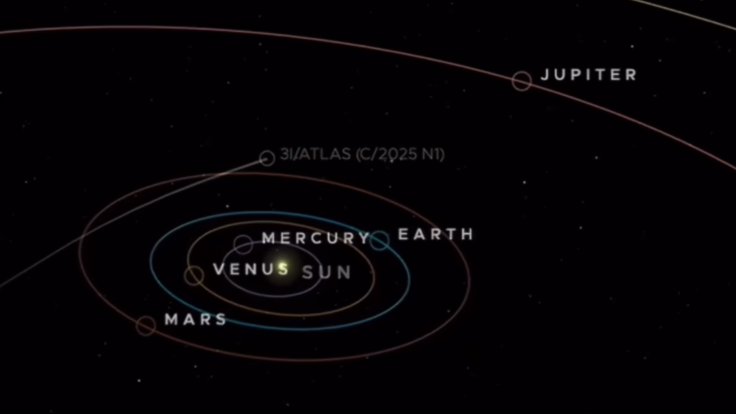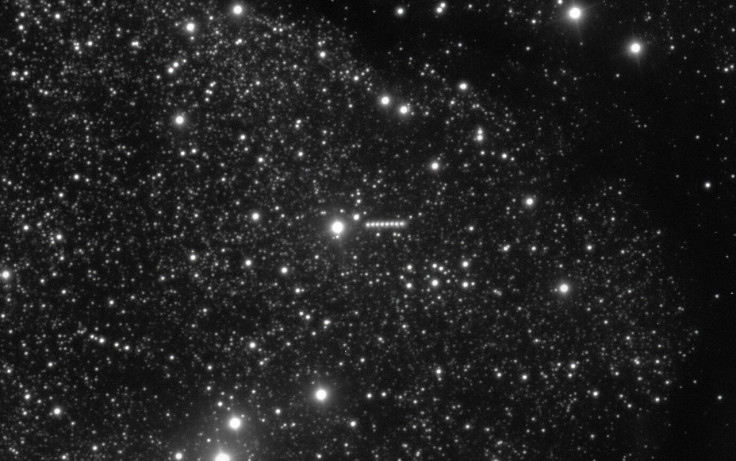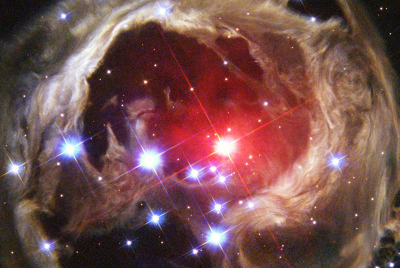Scientists Baffled as Interstellar Object 3I/ATLAS Flips Its Tail — Alien Technology or Cosmic Coincidence?
The mysterious interstellar object 3I/ATLAS has just flipped its jet. Is it a natural comet or an alien probe on the move?

Just when the world thought the interstellar object 3I/ATLAS could not get any stranger, it has performed a manoeuvre that has reignited the intense debate over its true nature. For months, the most baffling feature of this cosmic visitor was its bizarre 'anti-tail', a jet of material pointing directly towards the Sun, defying the known physics of comets.
Now, in a stunning and complete reversal, that anti-tail is gone. New images confirm the object has flipped its jet and is now producing a classic tail, streaming away from the Sun. This 'complete inversion' is either a new, unobserved cometary phenomenon, or, as some scientists are cautiously suggesting, it is the exact behaviour you would expect from an intelligently controlled alien probe braking and then accelerating as it rounds our star.
BREAKING🚨: 3I/ATLAS Just Flipped Its Jet From Anti-Tail to Tail
— All day Astronomy (@forallcurious) October 22, 2025
Now it’s producing a classic tail, streaming away from the Sun.
Something just changed with 3I/ATLAS. The interstellar object that’s been ejecting a sunward jet, an anti-tail pointing toward the Sun has flipped. pic.twitter.com/40jwDsdjvd
A Complete Inversion: The Baffling New Behaviour of 3I/ATLAS
The dramatic shift was confirmed by new images from the Nordic Optical Telescope in the Canary Islands. The data shows that sometime between July and September 2025, 3I/ATLAS completely changed its behaviour. The sunward jet vanished, and a new tail began forming in the opposite direction, pointing away from the Sun.
This is more than just a minor change; scientists are calling it a 'complete inversion of its mass-flow geometry.' The event has provided new fuel for both the conventional and the more extraordinary theories about what this object really is.
🚨 3I/ATLAS Just Flipped Its Jet From Anti-Tail to Tail
— Skywatch Signal (@UAPWatchers) October 22, 2025
Something just changed with 3I/ATLAS. The interstellar object that’s been ejecting a sunward jet, an anti-tail pointing toward the Sun has flipped.
Now it’s producing a classic tail, streaming away from the Sun. 🧵👇 pic.twitter.com/FmrN3wpr25
Two Competing Explanations for the Behaviour of 3I/ATLAS
There are currently two leading models to explain this startling reversal, representing two vastly different possibilities.
1. The Natural Phenomenon: Harvard astrophysicist and his colleague Eric Keto have modelled a potential natural explanation. Their data suggests that as the object travels closer to the Sun, different types of ice on its surface begin to sublimate, or turn directly into gas. Further out, at 3 to 4 astronomical units (AU), the sublimation of carbon dioxide (CO₂) ice could be driving the unusual sunward ejections. As it gets closer, the dominant process shifts to the sublimation of water (H₂O) ice, which behaves differently and could cause the tail to flip, creating the classic geometry we now see.
2. The Technological Manoeuvre: However, another of Loeb's colleagues, Adam Hibberd, has raised a provocative question that many in the mainstream are unwilling to touch. If 3I/ATLAS were an engineered probe, this is exactly the sequence of events one would expect. The initial anti-tail could be interpreted as braking thrust, a retro-thruster firing to slow the object down as it approached the Sun. The new, classic tail could be seen as forward propulsion, firing to accelerate the craft as it whips around the Sun at perihelion. It is a perfect match for a controlled braking and acceleration manoeuvre.

The Ultimate Test: What Happens When 3I/ATLAS Rounds the Sun?
Despite its massive, 5-kilometre size and estimated 33-billion-tonne mass, the object has lost only about 2 million tonnes of material so far. This is a tiny fraction (0.00005 per cent) of its total mass, suggesting the glow we see could be nothing more than the exhaust residue from a thin surface layer being burned off, with its true nature still hidden beneath.
The ultimate test is now just days away. At its closest approach to the Sun (perihelion) on 29 October, the object's surface will be blasted with an incredible 33 gigawatts of solar radiation, an industrial scale of energy. If 3I/ATLAS remains stable under this intense heat, or shows any signs of course control as it rounds the Sun, the comet theory will become much harder to defend.

Avi Loeb has set a clear test for after perihelion and the object's closest approach to Earth on 19 December. If the object glows naturally from heat on its post-solar side, he will downgrade its anomalous nature. But if it does not, and the strange jet reversals and brightness dips persist, it may defy all natural explanation.
© Copyright IBTimes 2025. All rights reserved.






















